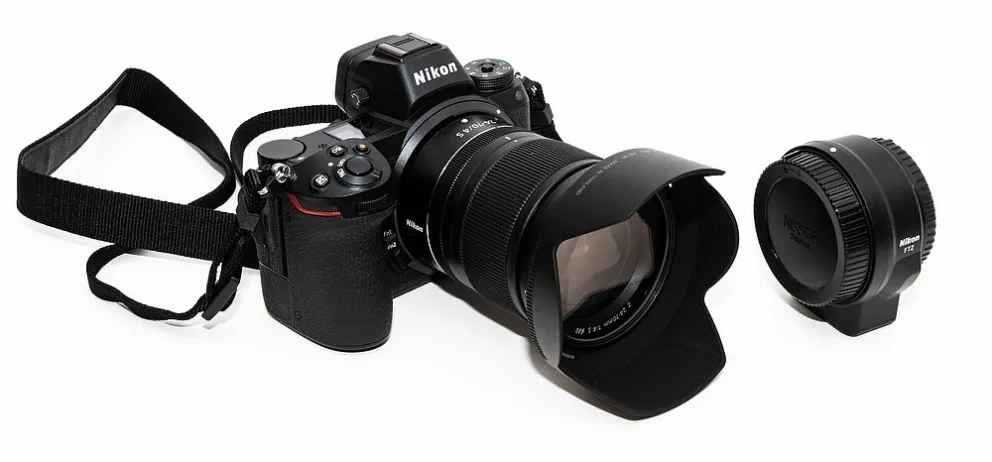
(text and photos by Robert Jordan) Robert Jordan began working at the University of Mississippi immediately after receiving his Bachelor of Journalism degree from the school in 1984 and recently retired from Ole Miss after a 33-year career. (Read an article on Robert in the UPAA magazine The Contact Sheet) Robert spent 17 years on the UPAA board, picking up many honors along the way including the prestigious Master of the Profession distinction and winning the Nikon shootout not once, not twice, but thrice! In part 6 of the Mirrorless Month series (part 1, part 2, part 3, part 4, part 5) he gives us his first impressions after 48 hours with the newly released Nikon Z6 mirrorless camera, the nearly identical but lower megapixel sibling to the Z7.
I’ve only had my Z6 for a couple of days and haven’t had the opportunity to really explore, but I want to share some initial impressions. For a Nikon shooter like myself, the Z6 is a no-brainer. The ergonomics, menus and performance closely mimic the D4, D5, D850 cameras I’ve used in the past. I’ve also been shooting with Fujifilm’s X-T1 and X-T2 cameras, zooms and primes, so I have a good bit of mirrorless experience.
I was really tempted by the Z7, I don’t need 40+MP, but I really like the idea of not having an anti-aliasing filter that softens images slightly to tame morie patterns. But the Z6 hits my sweet spot of 24MP and has a ‘rational’ number of focus points, plus it's a lot less expensive, so it got my vote.
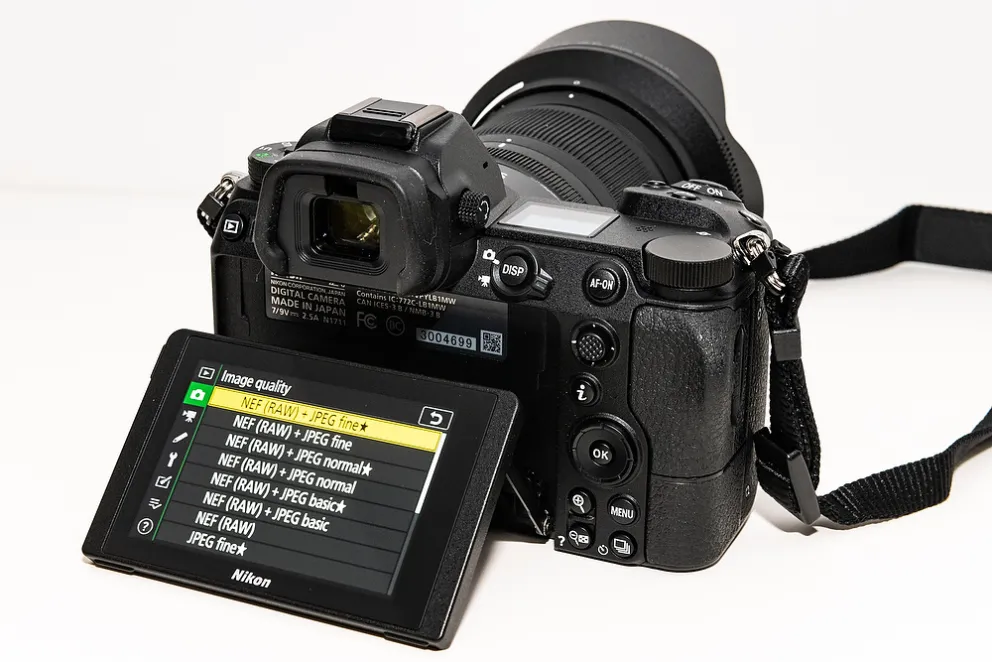
The Nikon Z6 camera body is compact and has a high quality feel, not the least bit ‘plasticky’. One of the things that appealed to me with Fujifilm X-T1 and X-T2 is that using them motivated me take chances in shooting photos and helped me to see and shoot differently. For me, the Z6, even with the 24-70 f4 Z zoom lens, has that same ‘fun’ feeling to it.
I like the 24-70 f4 Nikkor a lot. I won’t miss frequently changing primes as with my Fuji, and the 24-70 focuses much closer than I expected, just under a foot. So far I’m happy with the Z6 files up to 6400ISO whereas I hesitated to push the Fujis past 1600ISO, so far the f4 aperture hasn’t proven to be a problem. I am looking forward to seeing how far I can push the ISO on the Z6.

The Z6 wakes up from sleep quicker than Flash the cat! 24-70 kit lens, 1/13 sec @f4, ISO 400
The Z6 startup time feels much faster than my Fujis. The Z6 also wakes up from sleep with just a tap on the shutter button. It’s not quite DSLR quick, but it’s really close.
I am pleased to report that every F-mount lens I’ve tried with the FTZ adapter performs just as they do on my Nikon DSLRs.
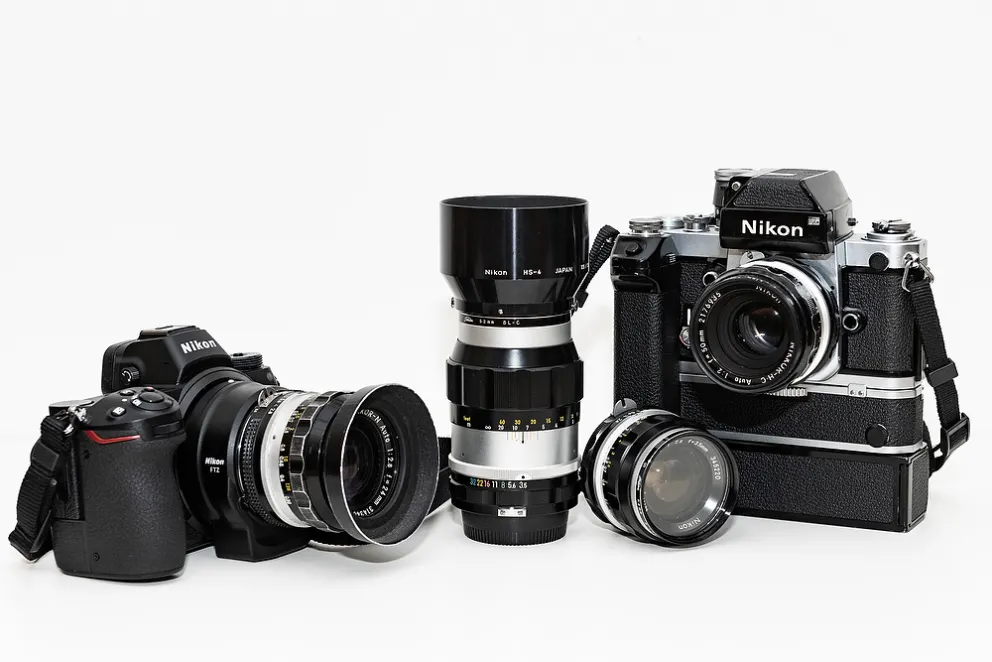
The Z-mount is touted as 'future-proof' but the FTZ adapter means the Z system doesn't ignore the past, either. Lenses that worked on the F2 (right) also work on the Z6, and benefit from the in-body stabilization as well.
I spent a lot of time shooting with the Fujifilm X-T1 and X-T2 and loved being able to move the focus point to nearly anywhere in the frame and the single focus performance of both cameras was impressive. The Z6 offers the same flexibility and it’s the first electronic viewfinder I have used that ‘feels’ like an optical viewfinder. I can’t detect any lag and manual focusing with the EVF is like focusing on ground glass, no need to magnify the view or use focus peaking.
I never really cared for the continuous autofocus quirks on the Fuji cameras I used. Even though most photos shot in AF-C turned out fine, watching the constant ‘pulsing’ of the focus system in and out of focus in the viewfinder infuriated me and did not give me confidence that the photos would be sharp. The Z6 AFC locks on and maintains focus just like a DSLR, no ‘breathing’ in and out of focus.

ISO 6400! 70-200mm lens on FTZ adapter
After shooting just a few photos, I already love the inclusion of the NUB for moving the focus point. The Fuji four-way pad was difficult to operate by feel, even after I added a lump of Sugru to all four of the pads on my Fujis. The focus performance and responsiveness of the camera remind me of shooting with the D850.
Preview playback looks slightly bit flat and under-saturated to my eye, but the .jpgs look great on the computer. I’ve updated my Lightroom Classic CC to the latest version, but it doesn’t appear to support the Z6 .NEF files yet, so I’ve been using the .jpg files and they look great.
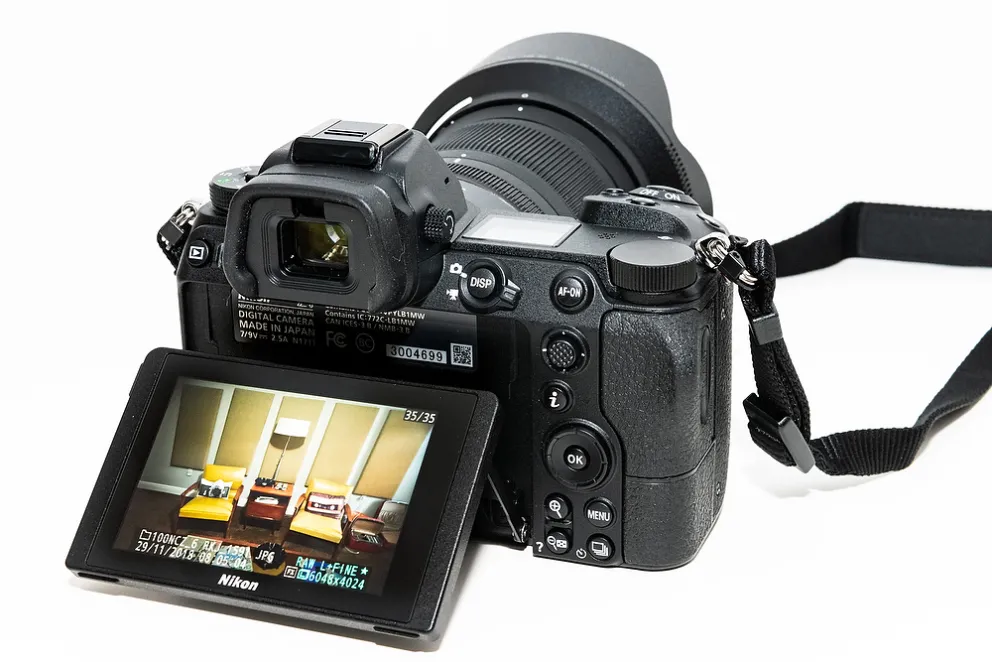
The X-T1, command dial by default is used for exposure compensation and could be operated easily with a flick of the thumb whereas the Z6 requires that you press the +/- exposure compensation button and rotate the dial to alter the exposure. While it was easy to tweak exposure on the Fuji, it was also easy to accidentally change exposure. Not sure which I prefer at this point. I have read where some users reprogram the Z lens focus ring to control exposure compensation.
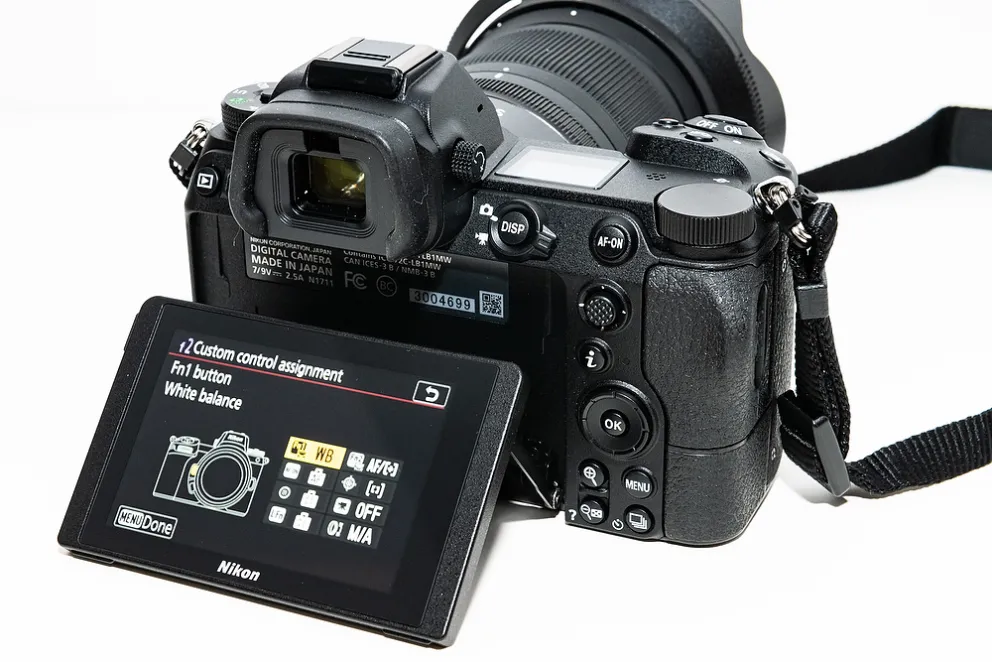
Battery life, I’ve been playing with camera buttons and menus for hours, then I shot 1,200 photos of kittens at the animal shelter yesterday and another 500 photos of Pickleball today and the battery has finally dipped below 50%. I also never hit the buffer or waited on the camera, even when shooting long burst in continuous high.
I photograph the shelter cats using three ‘daylight’ balanced florescent spiral bulbs with silver umbrellas (cats hate strobes). I usually shoot with the D4, 24-70 f2.8 set to f3.5, 1/320, 1600ISO and similar settings when I use the X-T1 and 35mm f1.4 lens. I avoided shooting above 1600ISO with either camera to minimize noise, especially with the Fuji.
Today I used the Z6 with the 24-70 f4 kit lens. I started out at f4, 1/400, 1600ISO, but the kittens were especially active today so I bumped the Z6 to 3200ISO at 1/800. Looking at the .jpgs I can’t see any difference between 1600 and 3200 ISO. The number of in-focus shots is way better than my average with the Fuji and slightly better than the D4. The white balance is spot-on whereas there was always a slight yellow or green tint to the whites with the other cameras, even when pre-setting the white balance.

1/800 @f4, ISO 3200
Z6 is meeting or exceeding all of my expectations--it combines all of my favorite things from the Fuji and Nikon cameras in one camera. The Z6, even with the FTZ adapter attached, takes up just a little bit more camera bag space than a strobe and offers a lot of unique benefits. I highly recommend getting one.
Nikon has hit it out of the park with their first full-frame mirrorless camera, I really hope Nikon will follow Fuji’s lead and offer frequent firmware updates that continually improve the camera’s performance and add new features.
___________________________________________________________________
“You know, I stayed up all night wondering where the sun went…then it dawned on me.” Stories/opinions/ideas always welcome, email editor Matt Cashore at mcashore@nd.edu